Effort to reduce vacant state government positions falling short of Moore’s promise
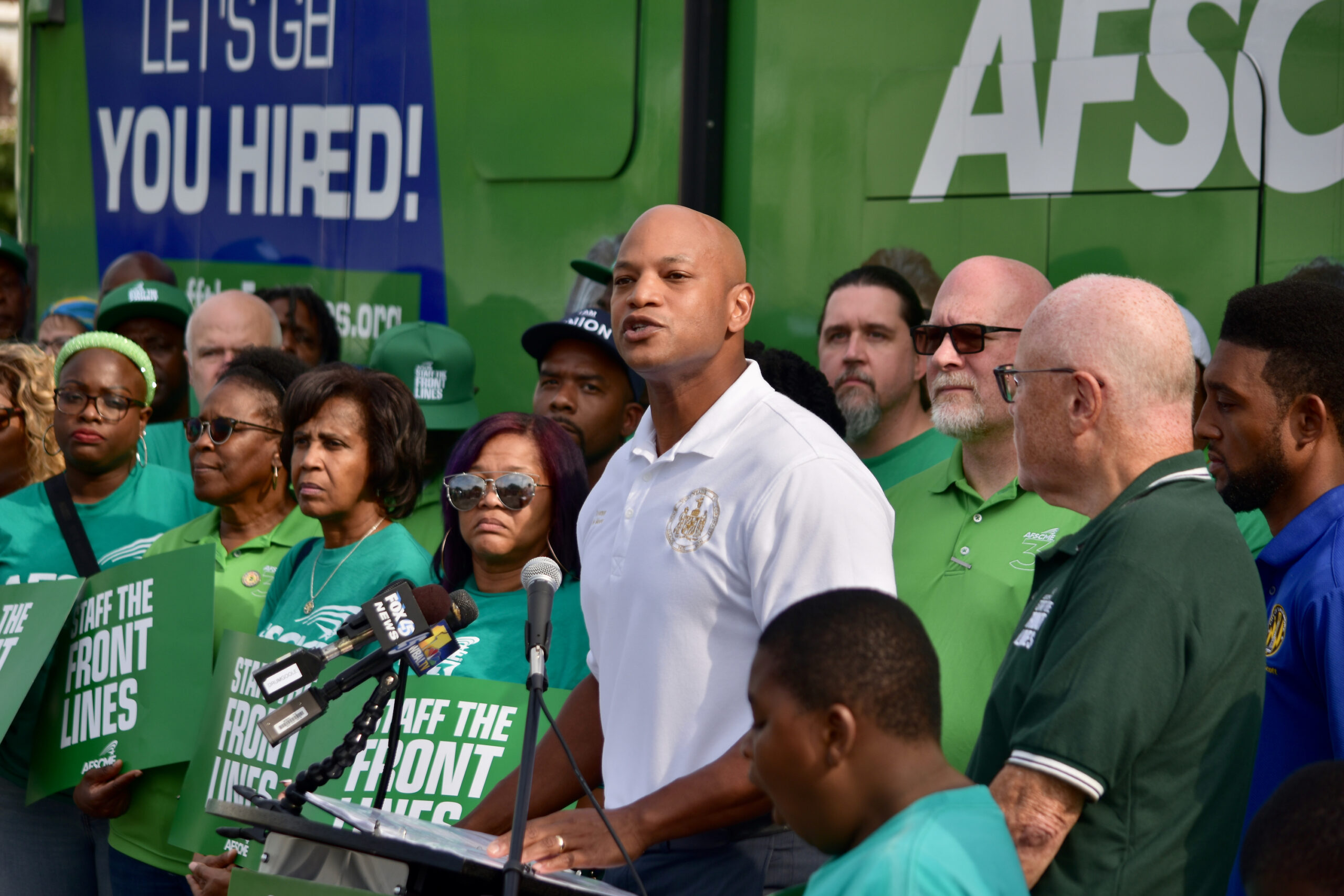
An effort to cut state worker vacancies in half is on pace to fall short of a promise made by Gov. Wes Moore.
Moore (D) entered office in January promising to fill 5,000 vacant state jobs. Since then, the administration has not kept pace with that goal, according to the state’s own data.
Arriving at an exact number has been difficult.
Data provided to lawmakers by the Department of Budget and Management, and analyzed by Maryland Matters, put the figure at 791. The Office of the Governor acknowledges hiring “893 new employees” through mid-September, according to a statement provided by a Moore spokesperson.
Either figure puts the Moore administration on pace to hire fewer than one-fifth of his goal through October except for hires in higher education. And the trend challenges Moore’s repeated expressions of optimism when asked about efforts to fill the vacancies.
And while many factors impede reaching the goal, data show that the state is losing employees almost as quickly as it hires them.
In a statement provided to Maryland Matters, the Moore administration said 3,569 new employees were hired in executive branch and Department of Transportation between Jan. 16 and Sept. 15. During that same time, 2,676 employees “separated from their roles.”
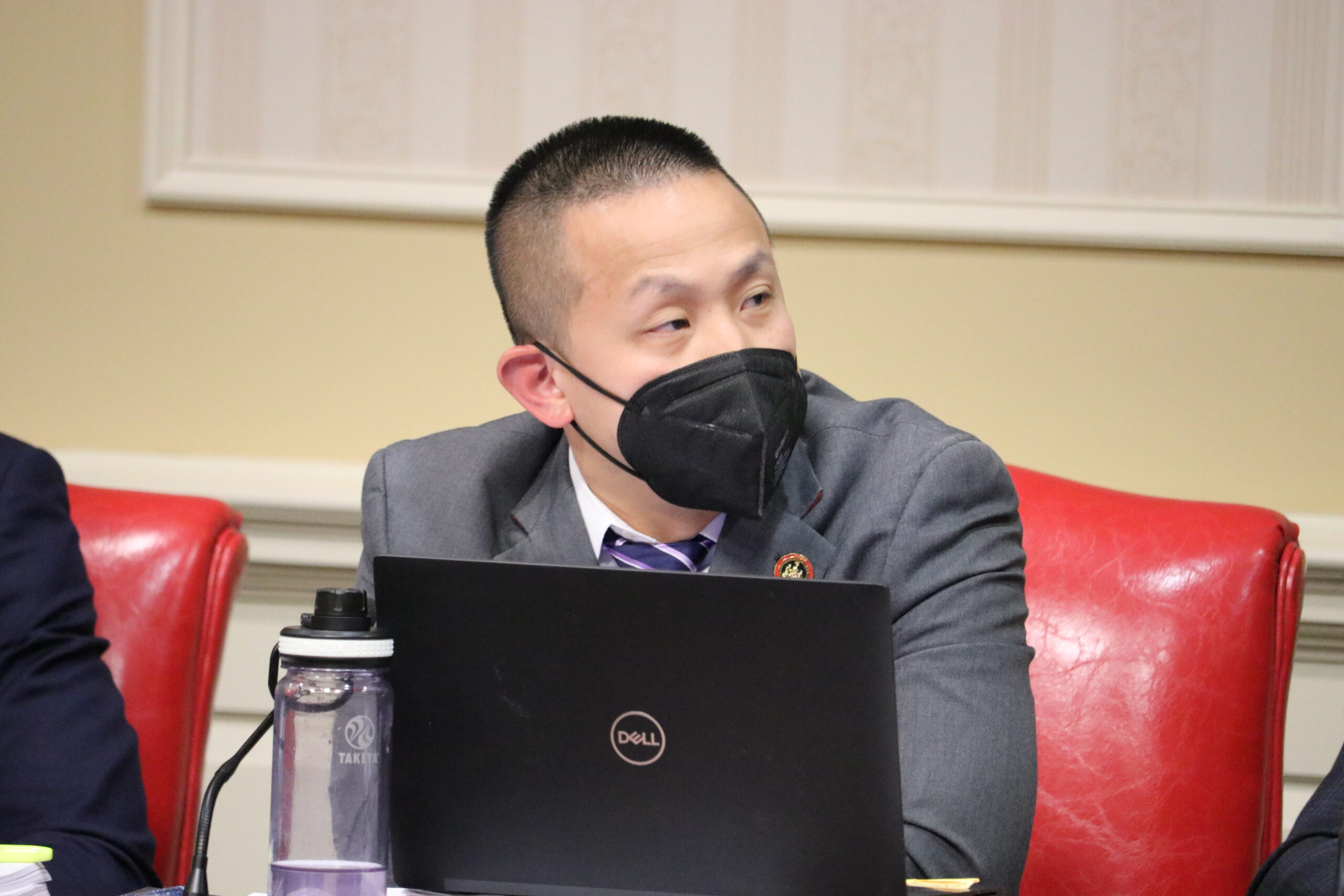
Sen. Clarence K. Lam (D-Anne Arundel and Howard) is the Senate chair of the Joint Committee on Fair Practices and Legislative Oversight. Photo by Danielle E. Gaines.
“This is not an easy undertaking because the data also shows that as quickly as the state tries to hire new employees, we’re also losing existing employees at the same time, and so the net gain is slow and incremental,” said Sen. Clarence Lam (D-Howard and Anne Arundel), Senate chair of the Joint Committee on Fair Practices and Legislative Oversight. “It’s apparent from the progress seen thus far that it will take a sustained effort over many years for us to replenish our state government workforce to where it was eight years ago.”
There are roughly 39,000 state employees across 64 executive branch agencies. That number excludes those employed in higher education and by the Maryland Department of Transportation.
The total number of vacancies, including in transportation, hovered between 6,100 and 6,300 to start the year.
Moore, on the campaign trail and in January, has frequently pegged that total number of vacancies at 10,000, including higher education. That number, however, is likely a rounding up of estimates of 9,400 to 9,600 given to the legislature.
Democrats, including the supermajority in the Maryland General Assembly, frequently criticized Moore’s predecessor Gov. Larry Hogan (R) for an austere approach to hiring, an indifference to the growing vacancy rate, and what they saw as an over-reliance on contractual employees.
“The prior administration left our state government’s workforce severely depleted with vacancies running at an all-time high when they left earlier this year,” said Lam. “That had real impacts on state agencies, including their capacity to respond to the pandemic, distribute unemployment checks, and provide for juvenile services. I’ve heard from state employees who are concerned about staffing shortfalls, and that’s why, as the Senate chair of the Joint Committee on Fair Practices and State Personnel Oversight, I asked the secretary of Budget and Management at a hearing several weeks ago for an update on the state’s recruitment efforts to fill vacancies. This is a really important issue that transcends all of the governor’s priorities because without adequate personnel, there’s only so much that the state can take on and do well.”
The state’s vacancy rate in public safety, health and human services agencies jumped from 12.7% in 2018 to 13.8% in 2022, according to an analysis by the Department of Legislative Services in June of that year.
Those vacancies, exacerbated by a pandemic and pay that is not competitive with the private sector, cut across all agencies. Law enforcement and corrections also struggle to hire because of a shrinking pool of applicants over the last eight years.
Maryland is not alone in its struggles to fill vacancies.
A survey of 249 state and local government hiring managers released in June found recruiting and retaining employees remains a challenge.
Nearly one-third of those surveyed said they have seen no change in the number of full-time employees. Another 17% said they have lost employees year over year.
And while more than half the respondents reported more full-time employees than a year ago, just 17% said they saw increases of 5% or more year over year. Four-in-ten hiring managers said the increases were below 5% or that they could not quantify the increase.
Hobbled by rigid, outdated, uncompetitive hiring policies
Moore, on the campaign trail and as he entered office, vowed to “rebuild state government.” That shorthand came with an explicit promise to hire thousands in 12 months — a pace that seemed overly optimistic if not improbable.
It can take up to four months to hire a new state employee, according to state budget officials.
Even so, Carter Elliott, a Moore spokesperson, said current efforts outpace those under Hogan in calendar years 2021 and 2022.
“By contrast, in all of CY ’21, the State made 3,213 hires into the Executive Branch,” Elliott said in an email. “During the same period, 5,014 employees separated from their roles, for net hires of -1,801. In all of CY ’22, the State made 4,328 hires into the executive branch. During the same period, 5,185 employees separated from their roles, for net hires of -857.”
Moore’s efforts are hobbled by lengthy and sometimes arcane hiring policies.
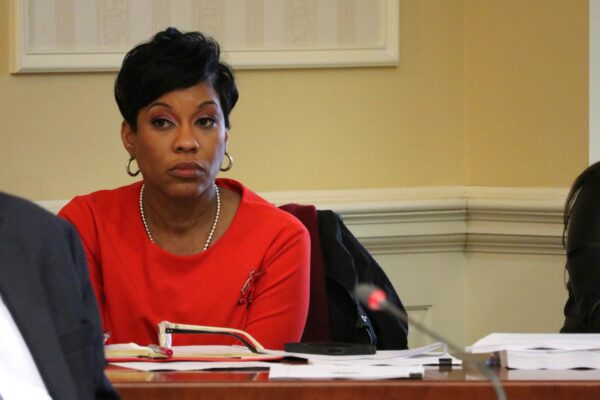
Gov. Wes Moore’s appointments secretary, Tisha Edwards, watches a Senate Executive Nominations Committee meeting. Photo by Danielle E. Gaines.
A panel chaired by state Appointment Secretary Tisha Edwards is reviewing state hiring policies. The Task Force on the Modernization of State Personnel Management Systems, which was requested by lawmakers in a joint budget report, is expected to send its findings and recommendations to the General Assembly in January.
So far, the panel has determined that state hiring, reformed in 1996, has become a “rigid process” requiring months to navigate to fill a job. Budget officials told the panel the lengthy process “elevates less qualified candidates” while “pushing the best candidates out of contention.”
Additionally, siloed hiring processes mean that applications for a job in one department are not reviewed by other agencies with open positions. That is especially true for the Maryland Department of Transportation which has a separate hiring system independent of more than five dozen other state agencies.
The current system leaves the state with a hiring process that “does not position the state to compete with the private sector,” according to documents provided to the task force.
“We’ve learned a lot from our colleagues across state government, including MDOT and others, but also from these private sector experts, one of whom runs HR … and has brought some really great insights on our processes and also the way they do things… So, we’re learning from them,” Budget Secretary Helene Grady told members of the Joint Committee on Fair Practices and State Personnel Oversight last month.
Another unusual policy limits start dates for new employees to the beginning of each pay period — just 26 days a year. Grady, in response to questions from Lam, said she was unaware of the policy.
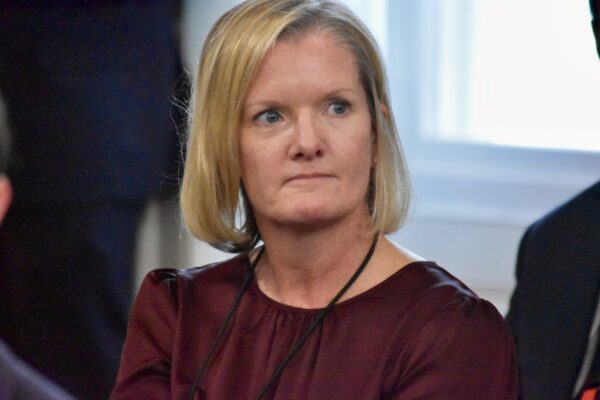
Maryland Budget Secretary Helene Grady. File Photo: Bryan P. Sears.
“I haven’t heard that myself,” Grady said. “I’ve done some hiring a little bit since I’ve been here and I certainly hadn’t run into that, but we can take it back to the task force and put it on the table for them to see if it’s something that we should be looking at.”
Cindy Kollner, executive director of the Office of Personnel Services and Benefits, told Lam that timing was “a preference.”
“It’s a lot less administrative burden to hire people at the beginning of the pay period, but there’s no requirement to do it,” Kollner said.
But it is a preference even the governor’s office has followed.
Asma Mirza joined Moore’s team as the newly minted chief performance officer on August 23.
When asked about Mirza’s start date, on a Wednesday, Elliott said it was timed to the beginning of a state pay period.
Slivers of data contradict optimism
Tracking progress to Moore’s goal has proven difficult. He avoids providing specifics when asked about hiring.
In a June interview, Moore expressed optimism for his effort. He noted the $21 million earmarked for raises for employees. He said the state was making “really good progress” toward his goal but declined to provide a number.
“I don’t want to give you a number that’s incorrect,” Moore said at the time. “I’ll say this: From all of our recent estimates, we’re going to be on track to be able to hit what we understand to be some pretty bold and ambitious goals. We’ve been working around the clock to make sure we can do just that.”
Three months later, at a union rally and hiring event, Moore declined to back his optimism with specifics.
“We’re not there yet but we’re making great progress,” said Moore. “I’m incredibly encouraged about what we’ve been able to do thus far.”
Allies of the governor at the same event acknowledged the difficulty in reaching Moore’s target.

AFSCME Maryland Council 3 President Patrick Moran. Photo by Bryan P. Sears.
“It was a big goal,” Patrick Moran, president of AFSCME Maryland Council 3, said in September. “It’s good to have big goals. Also understand like, hey, we might not get there, right? At least try to get to it.”
AFSCME officials did not challenge the analysis of new employee hires but declined to comment for this story.
Numbers are hard to come by
Legislators have been equally frustrated in the quest for updates.
Last month, Lam sought a hiring update from state budget officials.
Grady and her team did not provide figures at the meeting, promising to quickly deliver them to analysts with the Department of Legislative Services. She also promised a dashboard that would provide monthly updates.
“Very much our goal, as well as yours, is to be working from consistent data, as we’re talking about our efforts to rebuild government and fill the vacancies,” Grady told the panel. “The dashboard has been a work in progress. I’d say since May or so we’ve been just working to tweak it and get it to where, you know, we think the data definitions are consistent. And you know, it’s a lot of data on a monthly basis.”
Lam, at the Oct. 18 hearing, requested the budget office provide hiring data within a week. Maryland Matters made an identical request to budget officials the same day.
The governor’s office, in responding to a reporter’s request, did not provide any data beyond a five-sentence statement from a spokesperson.
A review of data from the budget office obtained by Maryland Matters places the gross number of new hires at 1,190. That number includes the conversion of contractual positions to state employees.
After accounting for conversions of contractual positions to regular state employee positions, the net number of new employees was 791 — roughly 100 shy of an estimate provided by the governor’s office in its statement.
The governor’s office did not provide a promised response to questions about their hiring numbers, including one about the difference in the data, which could be attributed to when it was collected.
Lawmakers on the legislature’s joint Spending Affordability Committee got a slightly different look at the progress in hiring during a Nov. 7 briefing.
The state reported nearly 1,800 more employees in October than it did in January, according to legislative analysts.
That number is clouded by other factors including contractual conversions. Also not known is how many of those hires are part of the 700 new positions created in the current budget, which would not count against filling vacancies that existed between January and the July 1 start of the fiscal year.
Overall, the state’s vacancy rate in October was 11.1% — 2% lower than in January, according to analysts.
The state’s six largest agencies — the departments of Public Safety and Correctional Services, Human Services, Health, Maryland State Police / Fire Marshal, and Transportation — had a vacancy rate of 10.8%.
Of those, only transportation reported a vacancy rate under 8%. That agency has focused on a broadcast, digital and social media campaign to “humanize MDOT,” Jawauna Greene, assistant secretary of public affairs and strategy for the transportation agency, said during a recent meeting of a task force that is reviewing state hiring policies.
All others posted vacancy rates of 11% or higher with the Department of Public Safety and Correctional Services and the Maryland State Police reporting vacancy rates of 12% or higher.
Those ongoing vacancies are projected to return more than $80 million to state coffers. That reversion comes at a time when lawmakers face a projected structural gap between estimated revenues and projected spending of more than $300 million.
Eliminating contractual positions ‘not a real-world net positive’
This year, the legislature gave permission to the governor to create new state positions. To do so, the governor must reduce contractual workers by 1.25 for every new position created.
Last month, the Board of Public Works approved a request by the Maryland Department of Health to create 144 new positions. To do so, the agency eliminated 180 contractual positions.
Moore, who chairs the panel, said the conversions were part of his effort to address the vacancy issue.
“Since Day One, it has been an urgent priority for my administration to rebuild state government and to fill thousands of vacancies that exist within our state agencies,” Moore said at the Oct. 25 meeting. “The reason they’ve been a core priority is because these vacancies continue to compromise our ability to give the level of service that the people of our state need and the people that our state deserve.”
Lam cautioned that a reliance on converting contractual positions will do little to reduce vacancies and improve government services.
“It was not an accident that the prior administration relied more on contractual workers because it was an intentional effort to shrink government,” said Lam. “While I think it’s now important to convert contractual workers to full time employees, I am hesitant to credit those conversions towards the hiring of new employees. These contractual workers were already taking on essential jobs within state government — so transitioning them into traditional full-time employees is important, but it’s not actually building any more capacity within our state workforce and doesn’t result in a real-world net positive.”



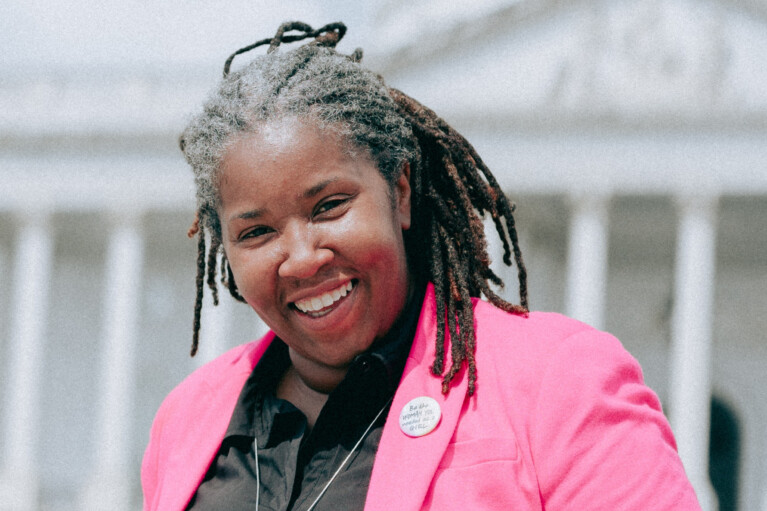
 Creative Commons Attribution
Creative Commons Attribution